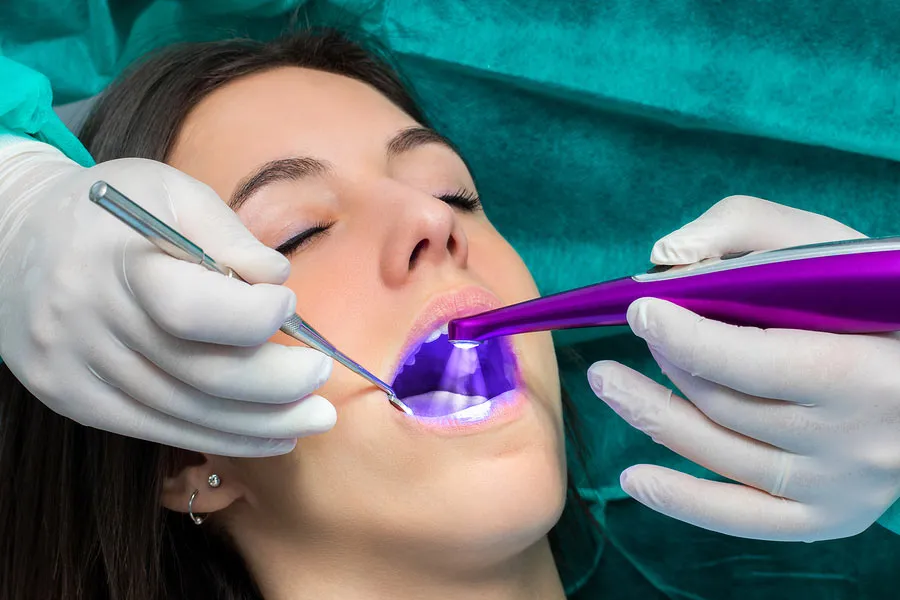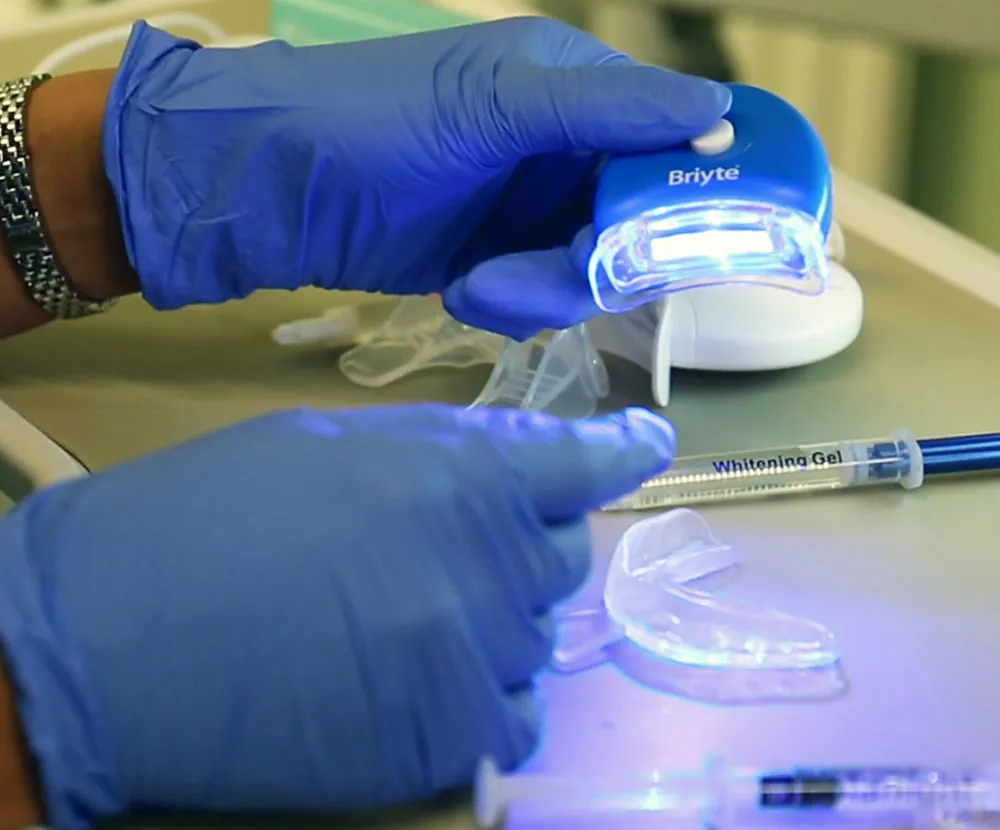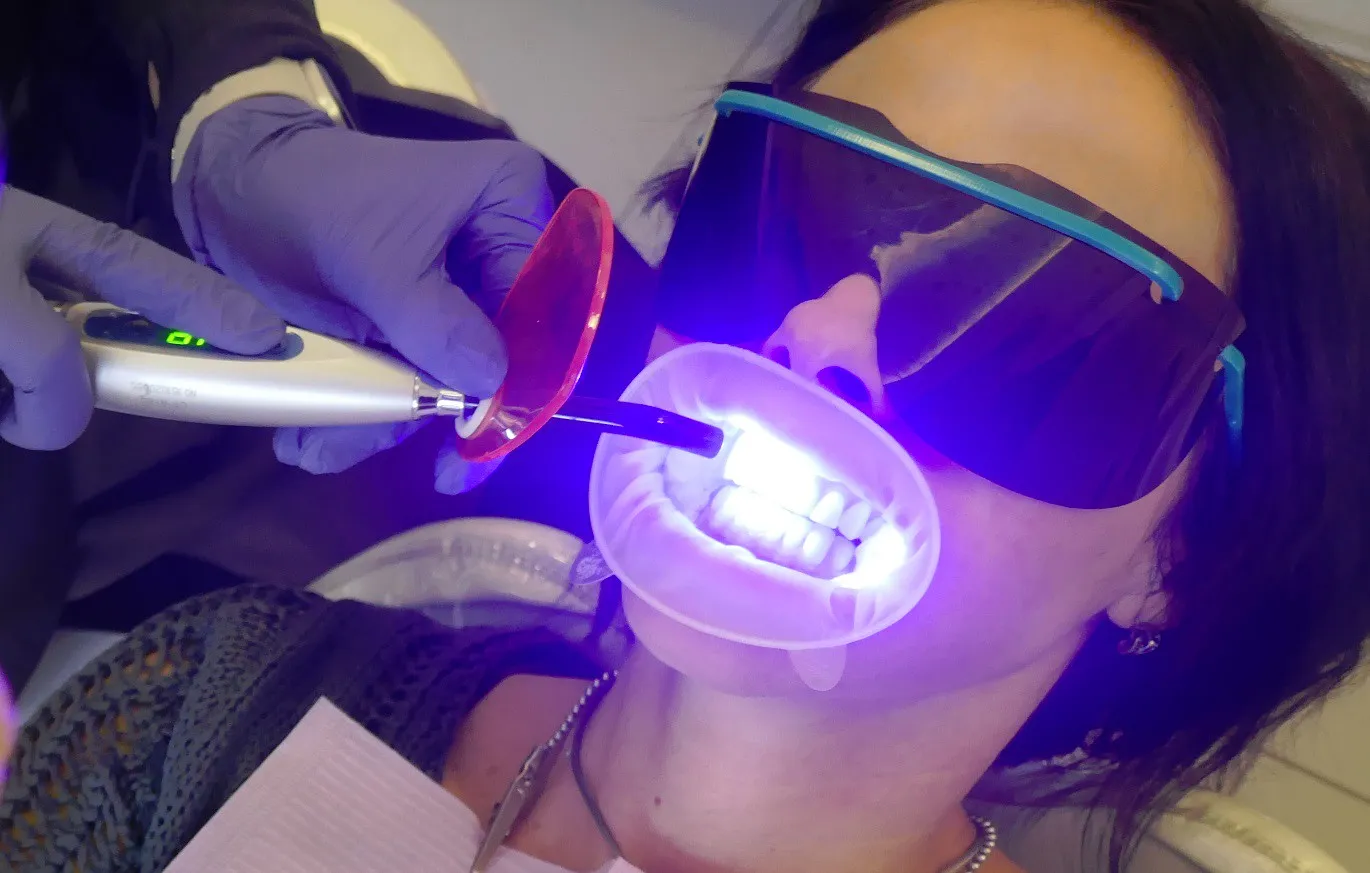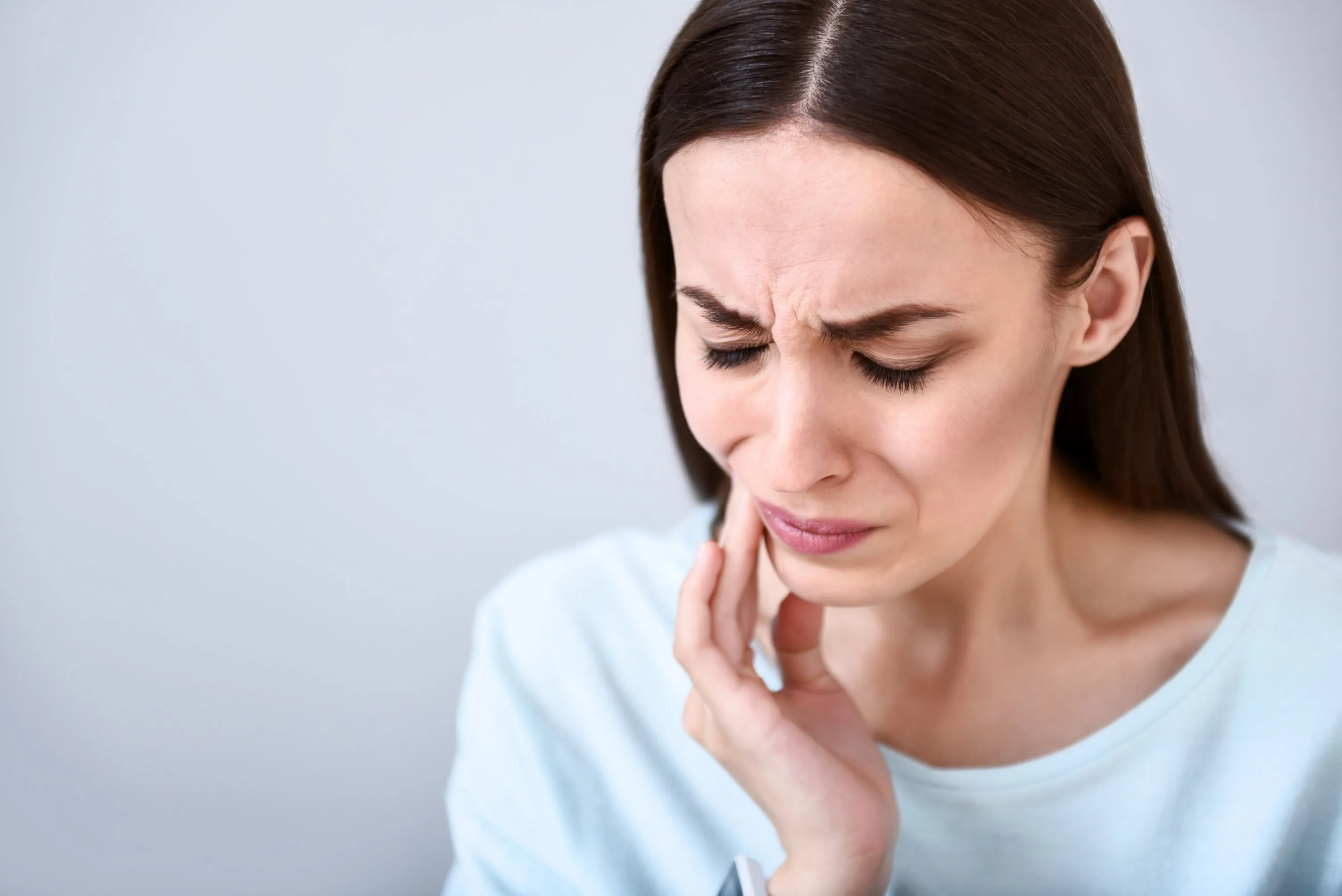Understanding UV Whitening and its Impact
UV whitening, often marketed as a quick and effective way to brighten your smile, has gained popularity in recent years. However, it is crucial to understand that this procedure carries potential risks that could negatively impact your dental health. This article explores the dangers of UV whitening, offering insights into the procedure, its potential side effects, and safer alternatives to help you make informed decisions about your oral care. Understanding the potential risks associated with UV whitening is the first step in protecting your teeth and ensuring a healthy, radiant smile. This knowledge empowers you to choose treatments that prioritize your long-term oral health over short-term cosmetic gains.
What is UV Whitening
UV whitening, also known as light-activated teeth whitening, typically involves applying a bleaching agent (usually hydrogen peroxide) to the teeth and then exposing them to ultraviolet (UV) light. The UV light is intended to accelerate the chemical reaction of the bleaching agent, theoretically speeding up the whitening process. The process is often performed in a dental office or a cosmetic clinic, promising faster results than at-home whitening kits. This method has become increasingly popular due to its immediate visual impact, but it is essential to consider its potential drawbacks and long-term effects on the teeth and gums before undergoing the procedure.
The Procedure Behind UV Whitening

The UV whitening procedure typically begins with a dental professional cleaning the teeth to remove any plaque or debris. A protective barrier is then applied to the gums to prevent the bleaching agent from causing irritation. The bleaching agent, containing a high concentration of hydrogen peroxide, is then applied to the teeth’s surface. Subsequently, a UV light is directed at the teeth for a specified period, usually 15 to 30 minutes, to activate the bleaching agent. The process may be repeated several times during a single session to achieve the desired whitening effect. While the process may seem straightforward, the use of UV light carries inherent risks that should be carefully evaluated.
5 Dangers of UV Whitening for Teeth
While UV whitening promises a brighter smile, it comes with several potential dangers that can compromise your oral health. Here are the top 5 facts to consider before opting for this treatment.
Tooth Sensitivity and UV Whitening
One of the most common side effects of UV whitening is increased tooth sensitivity. The high concentration of the bleaching agent can penetrate the enamel and reach the dentin, which contains tiny tubules that lead to the tooth’s nerve. This can cause sensitivity to hot or cold foods and drinks, which can be uncomfortable and affect your daily routine. While this sensitivity is often temporary, it can last for several days or even weeks, significantly impacting your quality of life. People with pre-existing sensitivity are at a higher risk.
Gum Irritation and UV Whitening

Gum irritation is another potential side effect of UV whitening. Even with protective barriers, the bleaching agent can come into contact with the gums, leading to inflammation, redness, and soreness. The UV light itself can also contribute to gum irritation, causing a burning sensation or discomfort. In severe cases, the gums may become blistered or damaged. The severity of gum irritation can vary from mild to severe, depending on the concentration of the bleaching agent and the duration of exposure to the UV light. Proper application of protective barriers is crucial to mitigate this risk.
Enamel Damage and UV Whitening
The bleaching agents used in UV whitening, particularly those with high concentrations of hydrogen peroxide, can weaken tooth enamel over time. The enamel, the hard outer layer of the tooth, protects the underlying dentin and nerve. When the enamel is damaged, the teeth become more susceptible to cavities and erosion. Repeated UV whitening treatments can accelerate this process, increasing the risk of long-term dental problems. The impact on enamel can be especially harmful for individuals with already compromised enamel, such as those with acid erosion or tooth decay.
Increased Risk of Tooth Decay with UV Whitening
Enamel damage, resulting from UV whitening, can increase the risk of tooth decay. When the enamel is weakened, it becomes easier for bacteria to penetrate and cause cavities. Moreover, the bleaching process can dehydrate the teeth, making them more vulnerable to decay. This means that while UV whitening may provide a temporary cosmetic improvement, it could potentially lead to costly dental procedures in the future. Maintaining good oral hygiene becomes even more critical after UV whitening to combat this increased risk.
Potential for Uneven Whitening with UV Whitening

Not all teeth whiten evenly with UV whitening. Factors like the natural shade of your teeth, the presence of fillings, and the thickness of your enamel can affect the outcome. This can result in an uneven appearance, with some teeth appearing significantly brighter than others. Such unevenness can detract from the desired aesthetic result, leading to dissatisfaction with the procedure. In some cases, additional treatments may be required to address the unevenness, potentially increasing the overall cost and risk.
Safer Alternatives to UV Whitening
Fortunately, several safer alternatives exist for teeth whitening, allowing you to achieve a brighter smile without the potential risks of UV whitening. These methods focus on gentle and controlled whitening to protect your dental health.
Professional Teeth Whitening Options
Professional teeth whitening performed by a dentist often involves stronger bleaching agents than at-home options, but under controlled conditions. The dentist can monitor the procedure and take measures to protect your gums and teeth. The process is often more effective and can provide longer-lasting results than at-home kits, while also minimizing risks. Consulting your dentist can help you choose the most appropriate whitening method for your teeth and dental health.
At-Home Whitening Strategies

At-home whitening kits, available over the counter or through your dentist, offer a convenient alternative. These kits typically contain lower concentrations of hydrogen peroxide, reducing the risk of enamel damage and sensitivity. The most common options include whitening toothpaste, whitening strips, and custom-fitted trays with whitening gel. While the results may not be as dramatic as professional treatments, they provide a safe and effective way to brighten your smile gradually. Be sure to follow the instructions carefully.
How to Protect Your Teeth
Regardless of whether you choose to whiten your teeth, there are several steps you can take to protect your teeth and maintain a healthy smile.
Maintaining Oral Hygiene
Maintaining excellent oral hygiene is critical for protecting your teeth. This includes brushing your teeth twice a day with fluoride toothpaste, flossing daily to remove plaque and food particles, and using an antiseptic mouthwash. Proper oral hygiene not only prevents tooth decay and gum disease but also helps maintain the natural whiteness of your teeth. Consider using a soft-bristled toothbrush to avoid damaging your enamel and be sure to brush gently.
Regular Dental Check-ups

Regular dental check-ups and professional cleanings are essential for maintaining optimal oral health. Your dentist can identify potential problems early, such as cavities or gum disease, and provide necessary treatment. They can also remove plaque and tartar buildup that regular brushing and flossing may miss, ensuring your teeth remain healthy and bright. Regular check-ups allow you to discuss any concerns you have about teeth whitening and other dental procedures.
In conclusion, while UV whitening might seem like a quick fix for a brighter smile, the potential dangers it poses to your teeth cannot be ignored. From increased sensitivity and gum irritation to enamel damage and an increased risk of tooth decay, the risks often outweigh the benefits. By understanding these dangers and exploring safer alternatives, such as professional teeth whitening or at-home whitening strategies, you can make informed decisions that prioritize your long-term dental health. Remember to maintain good oral hygiene practices and schedule regular dental check-ups to protect your smile and ensure lasting oral health. Your smile is worth protecting, and choosing safe methods for teeth whitening is a step towards achieving a healthy and radiant smile.
